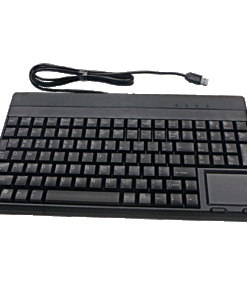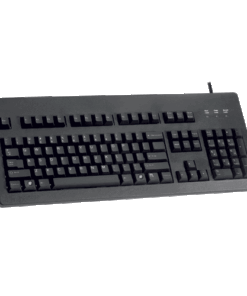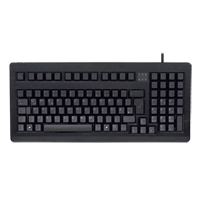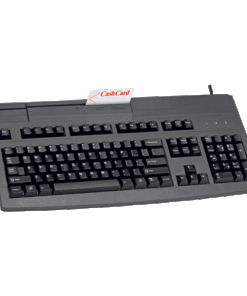Programmable keyboards are keyboards equipped with customizable keys that allow users to assign specific functions, macros, or shortcuts to individual keys or key combinations. These keyboards offer increased efficiency, productivity, and customization options by enabling users to automate repetitive tasks, streamline workflows, and access commonly used functions with a single keystroke. Here are some key features and aspects of programmable keyboards:
1. **Customizable Keys**: Programmable keyboards feature keys that can be programmed to perform specific actions or execute predefined commands. Users can assign functions, macros, text strings, application shortcuts, multimedia controls, or even mouse actions (e.g., clicks, scrolls) to individual keys or key combinations using software provided by the keyboard manufacturer.
2. **Macro Recording**: Many programmable keyboards support macro recording functionality, allowing users to record a sequence of keystrokes and mouse actions and assign them to a single key or key combination. Macros can automate complex tasks, repetitive processes, or series of commands in software applications, games, or workflows, saving time and reducing the risk of errors.
3. **Software Configuration**: Programmable keyboards typically come with software that provides a graphical user interface (GUI) for configuring key assignments, macros, and other settings. The software allows users to create, edit, and manage profiles, customize key layouts, and fine-tune keyboard settings to suit their preferences and requirements.
4. **Multiple Profiles**: Programmable keyboards often support multiple profiles or layers, allowing users to switch between different configurations, key assignments, and settings for different applications or tasks. Profiles can be easily switched using dedicated keys or software commands, providing flexibility and convenience in adapting the keyboard to different usage scenarios.
5. **Onboard Memory**: Some programmable keyboards feature onboard memory to store custom configurations, profiles, and macros directly on the keyboard itself. Onboard memory ensures that user-defined settings are retained even when the keyboard is disconnected or used on different computers, eliminating the need to reconfigure the keyboard each time it is connected.
6. **Hardware Programmability**: Advanced programmable keyboards may offer hardware programmability features, allowing users to configure key assignments and macros directly on the keyboard without the need for software. Hardware programmability ensures compatibility with any computer system and provides a seamless user experience across different devices and operating systems.
7. **Gaming and Productivity Enhancements**: Programmable keyboards are popular among gamers and power users for enhancing gaming performance, productivity, and workflow efficiency. Gamers can assign complex macros, hotkeys, or in-game commands to optimize gameplay, while professionals can automate repetitive tasks, streamline workflows, and increase productivity in software applications and office environments.
8. **Compatibility**: Programmable keyboards are compatible with a wide range of computer systems, operating systems, and software applications, including Windows, macOS, Linux, and various productivity software suites. They connect to computers via USB, Bluetooth, or other standard interfaces, ensuring broad compatibility and plug-and-play functionality.
Overall, programmable keyboards offer users a high degree of customization, control, and efficiency in performing tasks, executing commands, and interacting with software applications. By leveraging the programmability and customization features of these keyboards, users can tailor their keyboard experience to suit their individual preferences, workflows, and requirements, resulting in increased productivity and satisfaction.
Programmable keyboards
Programmable keyboards
Programmable keyboards
Programmable keyboards
Programmable keyboards
Programmable keyboards
Programmable keyboards
Programmable keyboards
Programmable keyboards
Programmable keyboards
Programmable keyboards
Programmable keyboards












